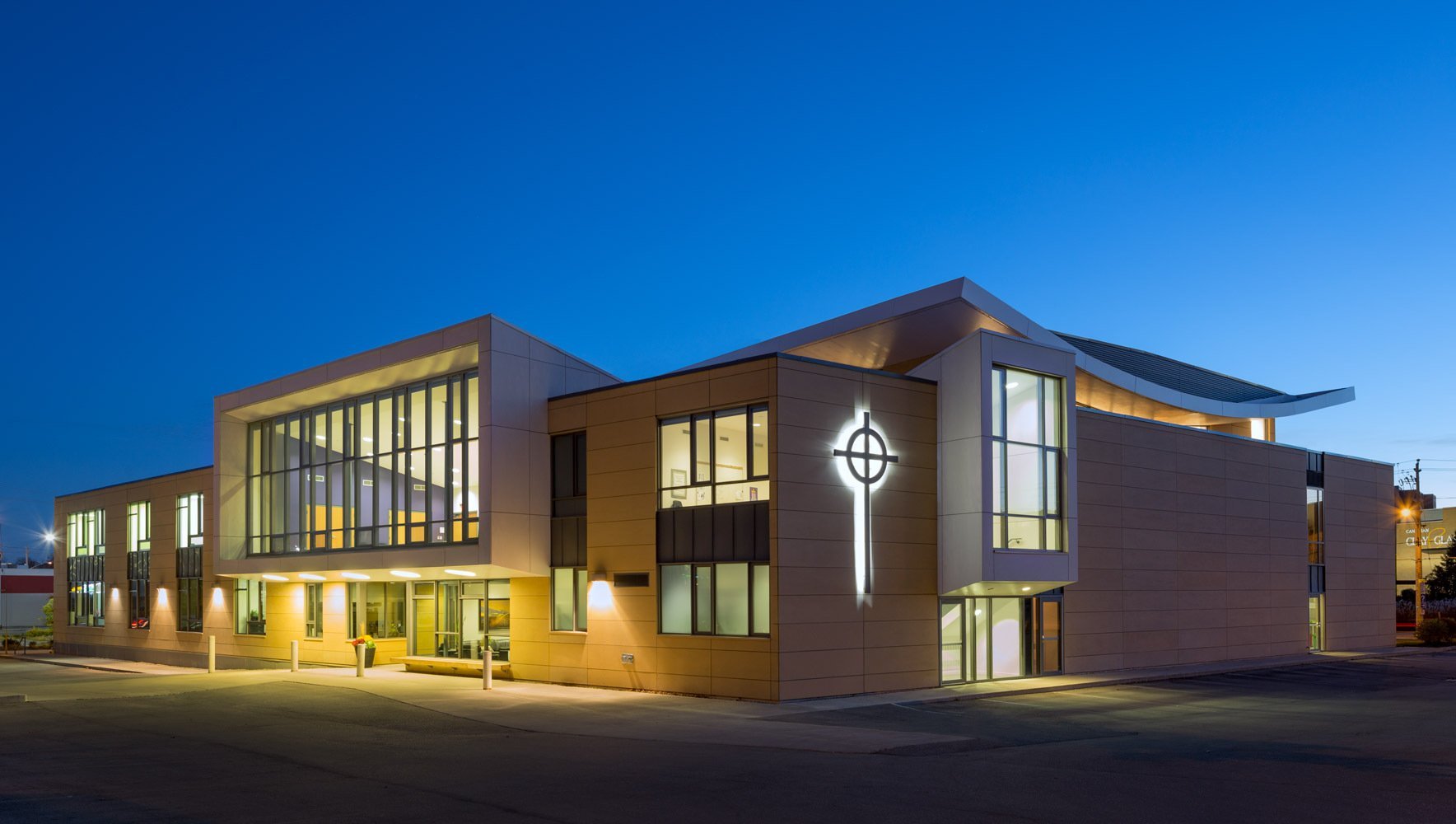

Announcements
Announcements
Register now for Knox’s intergenerational midweek ministry that begins October 9th!
A group to connect and support young families in the wider community.


Register now for Knox’s intergenerational midweek ministry that begins October 9th!
A group to connect and support young families in the wider community.